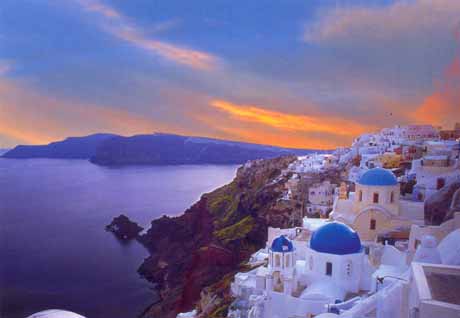Brazil’s Pantanal
 You have probably heard of the Amazon Rainforest, but its neighbor, the Pantanal, receives less attention despite the fact that it is a better place to see wildlife. In the Amazon, the animals hide in the dense foliage, but in the open Pantanal, the wildlife is clearly visible. You can see animals in their natural environment, in the largest wetland in the world. More than 20 times the size of the Everglades in Florida, The Pantanal is split between Bolivia, Paraguay, and Brazil. The national park and three smaller private nature reserves were designated UNESCO World Heritage Sites in 2000.
You have probably heard of the Amazon Rainforest, but its neighbor, the Pantanal, receives less attention despite the fact that it is a better place to see wildlife. In the Amazon, the animals hide in the dense foliage, but in the open Pantanal, the wildlife is clearly visible. You can see animals in their natural environment, in the largest wetland in the world. More than 20 times the size of the Everglades in Florida, The Pantanal is split between Bolivia, Paraguay, and Brazil. The national park and three smaller private nature reserves were designated UNESCO World Heritage Sites in 2000.
What makes the Pantanal so ecologically great is that it combines elements of Brazil’s cerrado savannahs and Paraguay’s chaco scrublands, in addition to ponds, lakes, rivers, forests, and islands, to form a fascinating habitat for about 200 species of mammals and 650 species of birds. The area is considered “South America’s Wild West” as pumas, ocelots, wolves, anteaters, eagles, and other animals can live without fear of human disturbance. Annual flooding saves the area from development and destruction. It still remains thinly populated by fazendas (ranches) where cattle graze during the dry season. There are few people and no towns in the Pantanal, making distances so great that people must get around in small airplanes, motorboats, and 4WD. The only road that runs through the Pantanal is the Transpantaneira, a raised dirt road with about 125 small wooden bridges. Two-thirds of the route from Pocon?� to Corumb?? has been left incomplete because of a lack of funds and for ecological concerns.
From December to March, run-off from seven rivers fills the wetland. Then, beginning in June, the tide turns and water recede trapping the region’s fish in increasingly smaller ponds, lakes, and channels. From July to December the wildlife viewing is spectacular, as the animals gather around shrinking bodies of water to drink and feed on the trapped fish. This is also when wading birds – ten species of heron and egret, six species of ibis and spoonbill, and three species of stork – begin nesting in large, noisy colonies. Just as impressive is the sight of the region’s 20 million black caimans surrounding every water hole, creating the highest density levels of caimans in the world. Also drawn to the water holes are capybaras, anacondas, marsh deer and jaguars.
